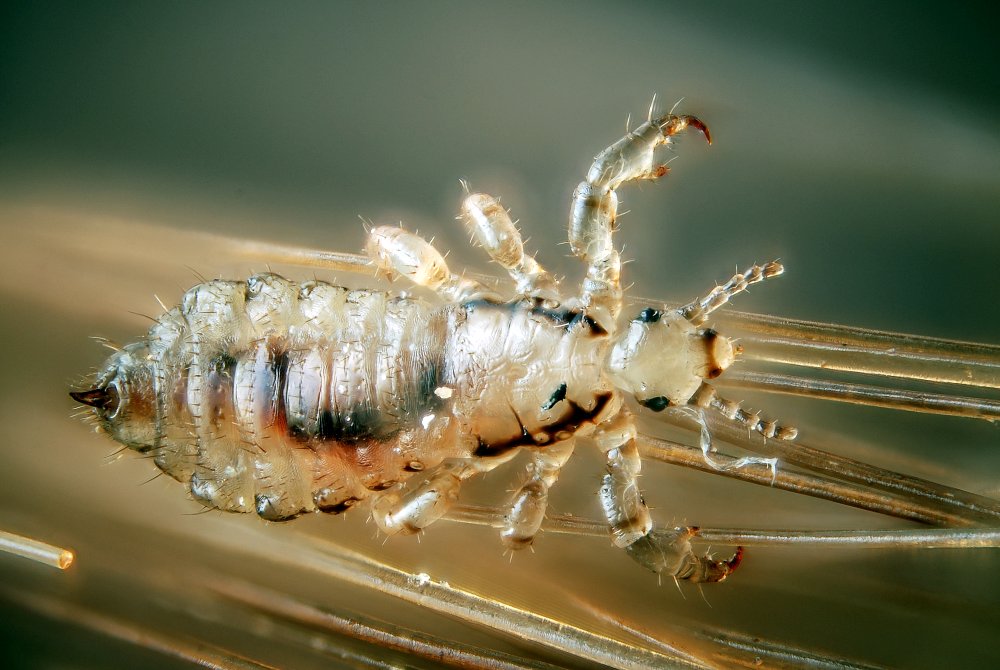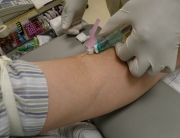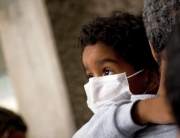[mashshare]
The idea of head lice in your children may make you shudder. You may shudder even more as researchers have found that head lice found in 25 states show resistance to common drug treatments. Hopefully, your kids will never need to be treated for head lice, but this finding isn’t exactly cheery news. The finding was presented at the 250th National Meeting & Exposition of the American Chemical Society (ACS), the world’s largest scientific society. So should parents be worried? Let’s take a look at the main findings of this study.
Gene mutations
The researchers collected a total of 109 populations of head lice from around the United States. They found that 104 of the populations tested positive for mutations linked to resistance to pyrethroids. Pyrethroids are insecticides used to control insects like mosquitoes.
“Knock-down resistance”
These head lice were tested for a collection of 3 mutations. These mutations are called kdr, or “knock-down resistance.” These mutations affect the nervous system in head lice and make them less sensitive to insecticides like pyrethroids. The researchers found that head lice with the set of kdr mutations were found in 25 states. What this means is that head lice in 25 states have developed resistance to chemicals used to treat and control head lice.
How to treat?
Researchers say these head lice can still be treated. What will be required is different types of chemicals to treat these pest, and most of these drugs will need prescription.
Most families, hopefully, will not encounter head lice but it disconcerting to know that these head lice are developing resistance to common drugs to treat them. Researchers have shown these head lice are now found in 25 states. The positive point is that these resistant head lice can still be treated with stronger presecription drugs. Head lice, while they are gross and a not pleasant to think about, don’t carry diseases and are therefore not a health threat for your family.
[mashshare]








